Spirometry machines
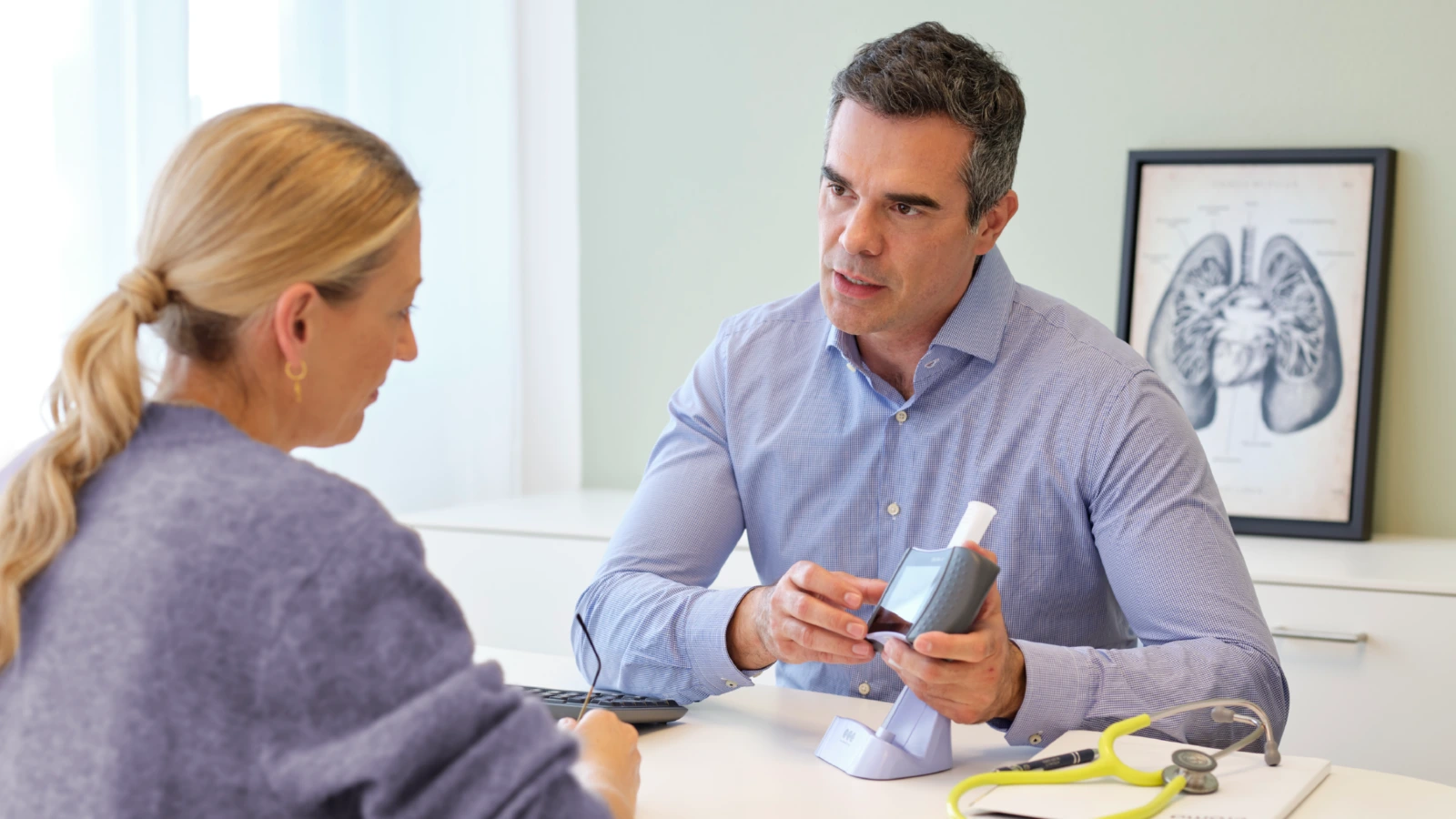
Spirometry testing
Portable & PC spirometry machine
- Calibration-free TrueFlow Ultrasound technology
- Portable or PC mode for multi-use application
- Large color touch screen for easy navigation
- Rechargeable battery to help avoid downtime
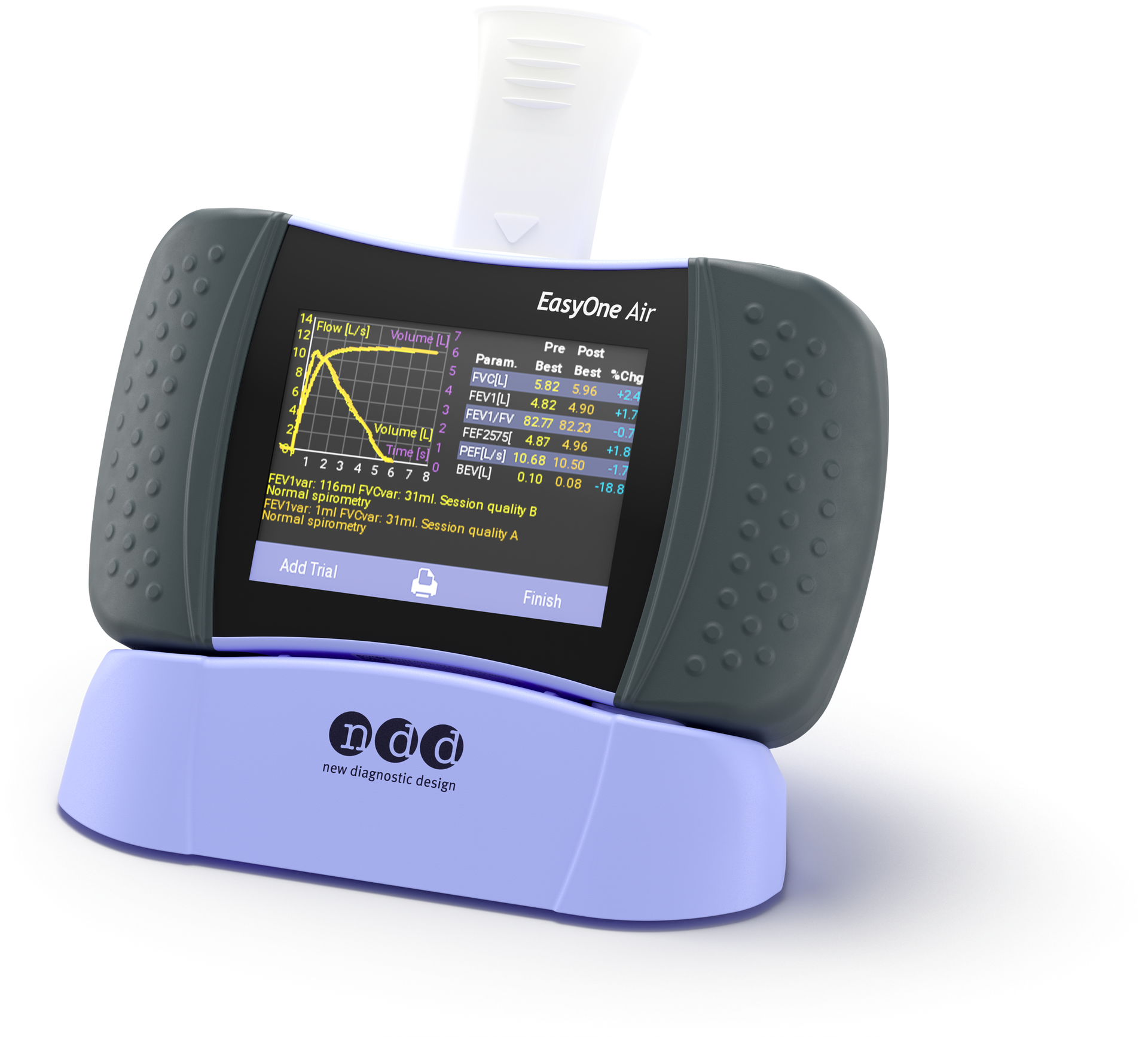
Digital PC-based spirometry machine
- Calibration-free TrueFlow Ultrasound technology
- Digital PC solution
- Easily integrates into Microsoft-based applications
- Interactive software and incentive displays encourages a high-quality spirometry test
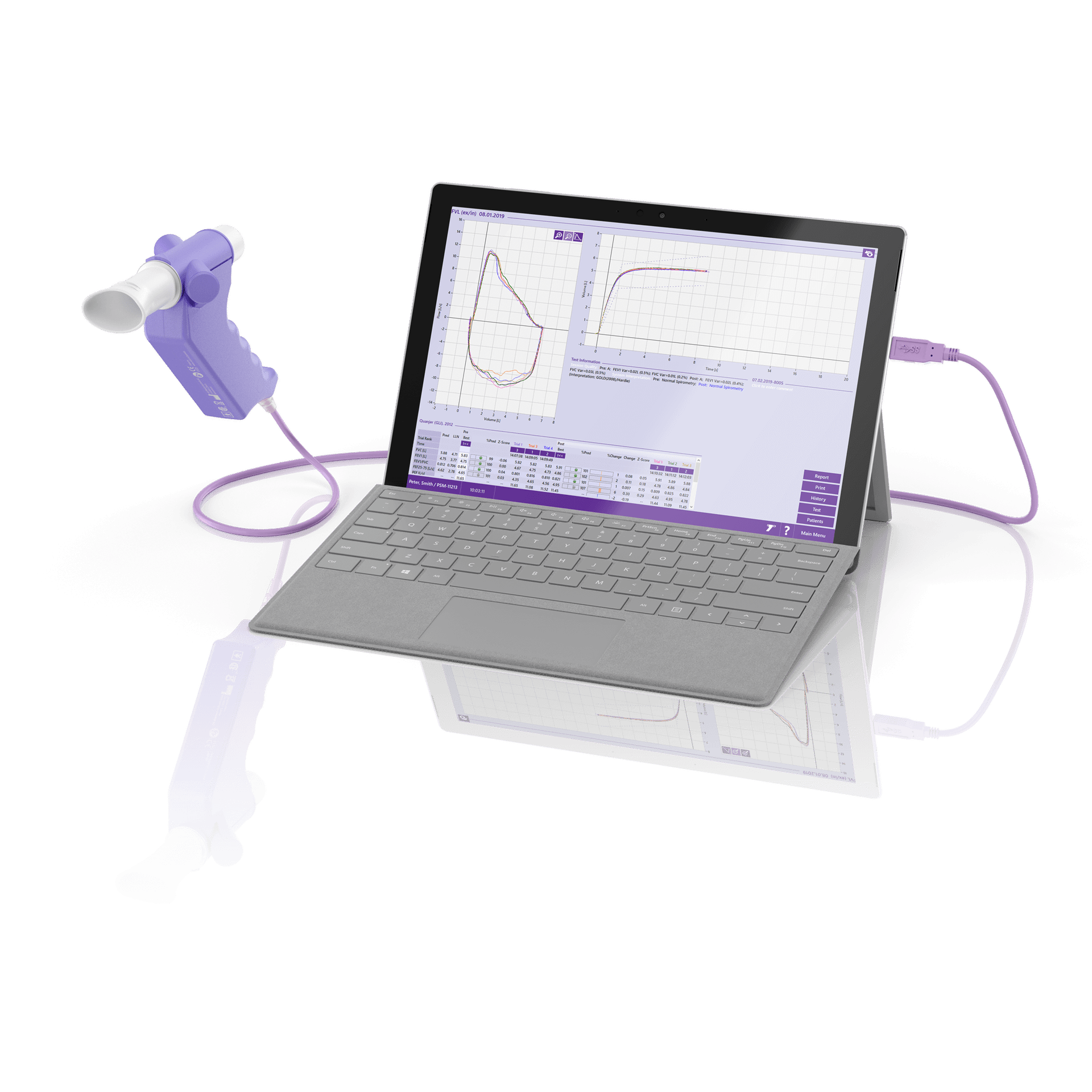
Redefining spirometry with Buddy
- Calibration-free TrueFlow Ultrasound technology
- Simplified high-quality spirometry with Buddy
- nddCloud connectivity
- Compliant with the latest standards for spirometry
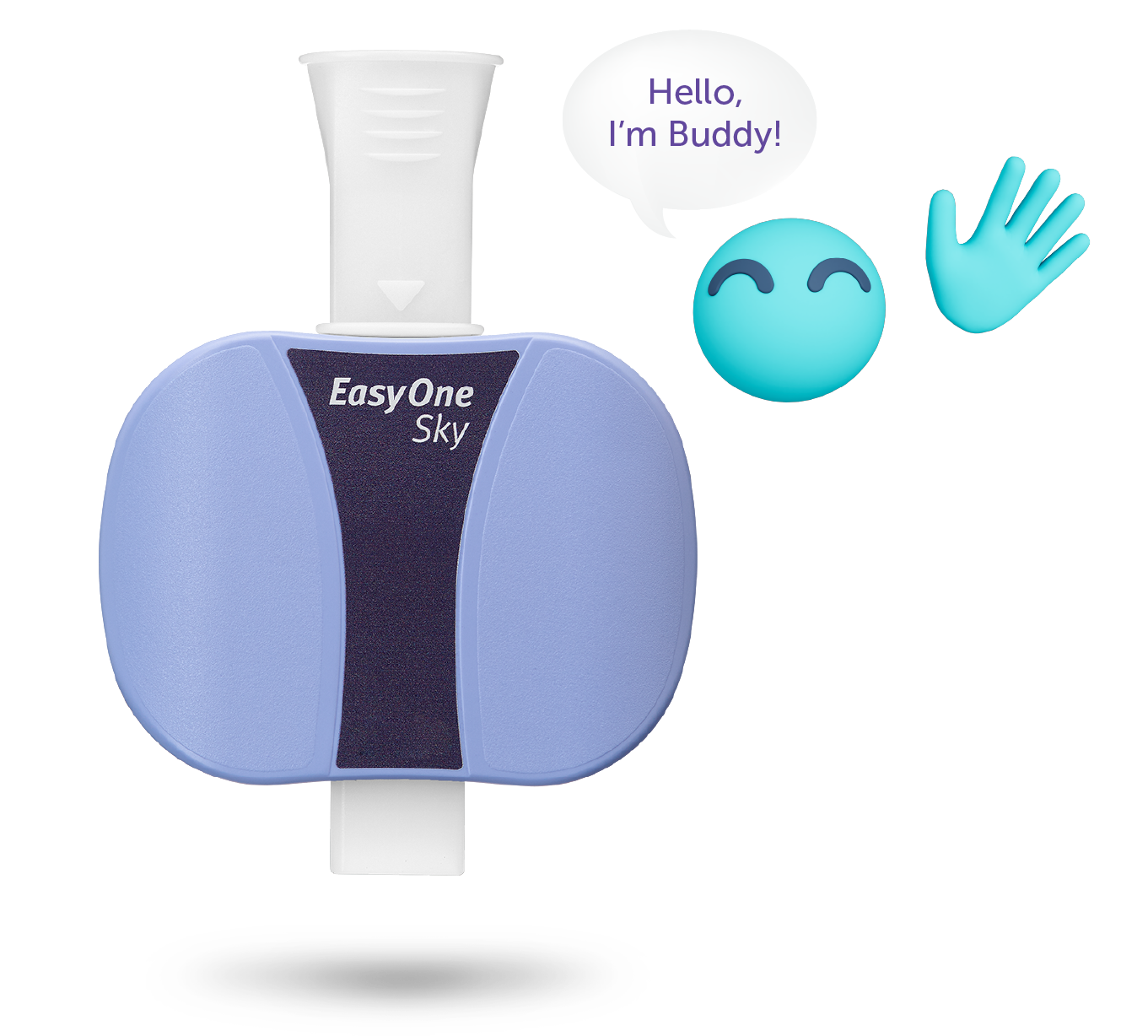
Go with the experts in spirometry machines.
A worldwide leader in spirometry

Superior ultrasound Technology
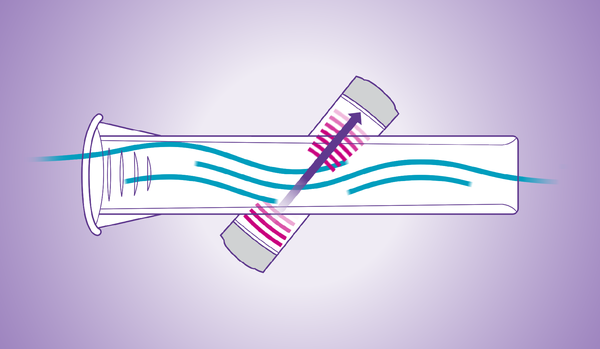
Easy-to-use, flexible, and consistent
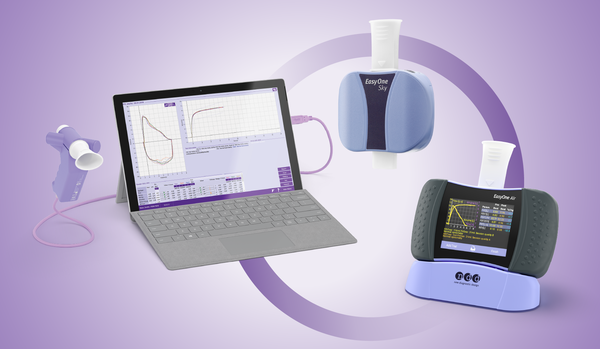
ndd TrueFlow Ultrasound Technology
Superior choice in lung function measurement
- Not influenced by temperature, heat, humidity, barometric pressure, or altitude.1
- Proven accuracy for the lifetime of flow and volume measurements
- Calibration not required, device maintains stability for a lifetime of use
- Studies show reliable sensor performance under various conditions in diverse environments.23
This statement only applies when used under the operating conditions of the device. ↩︎
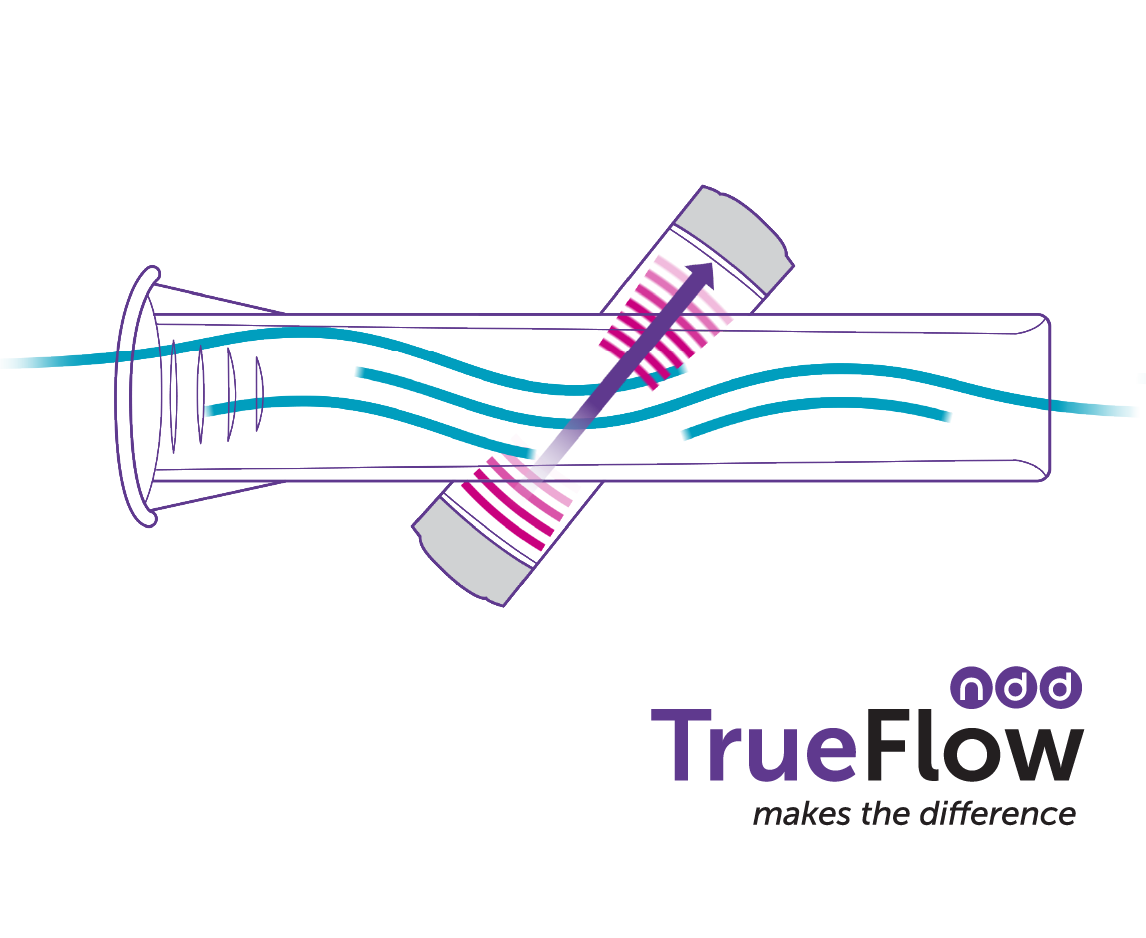
Explore our spirometry device solutions.
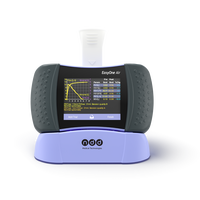

EasyOne Air
Portable & PC spirometer
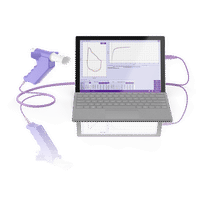
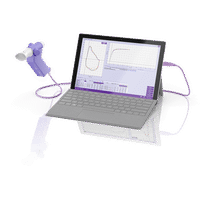
Easy on-PC
PC spirometer
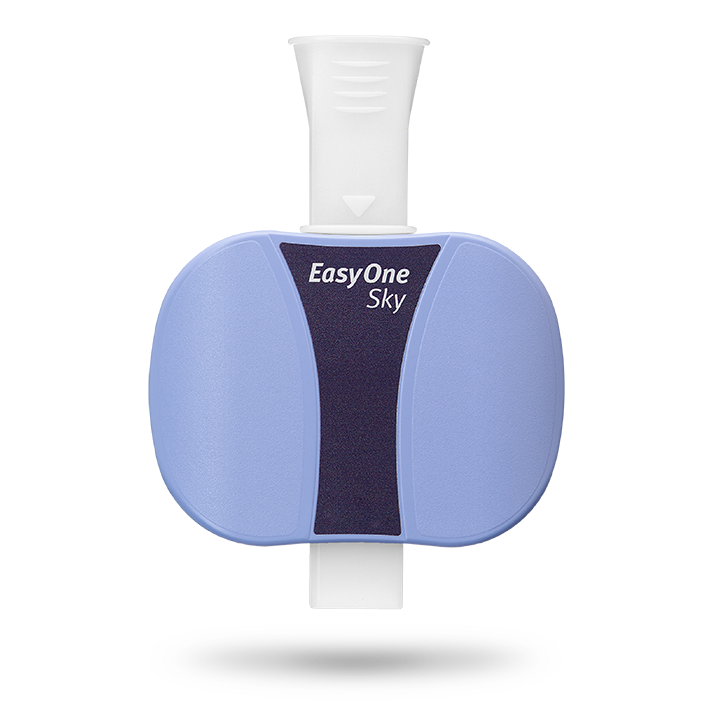
EasyOne Sky New
Redefining spirometry with Buddy
Frequently asked questions
What spirometry tests do your devices offer? #
The EasyOne Air, Easy on-PC, and EasyOne Sky spirometry devices can perform the following tests:
EasyOne Air: FVC, FVL, SVC, MVV and pre/post testing
Easy on-PC: FVC, FVL, SVC, MVV, provocation challenge testing, and pre/post testing
EasyOne Sky: FVC, FVL, Pre/Post-testing
What’s the difference between an incentive and diagnostic spirometer? #
An incentive spirometer is primarily designed to encourage deep breathing and promote lung expansion. It is often used as a respiratory therapy device for patients recovering from surgery.
On the other hand, a diagnostic spirometer is a more comprehensive and precise device used for assessing lung function. It is primarily used in clinical settings by healthcare professionals to measure and evaluate various respiratory conditions. The spirometry results aid in the diagnosis, monitoring, and management of respiratory conditions such as asthma, COPD, and other lung diseases. Diagnostic spirometry devices provide more detailed and precise measurements for diagnostic and clinical purposes.
Where can I buy an ndd EasyOne spirometry machine? #
You can purchase an ndd spirometry machine through your authorized medical distributor. Not sure who you order through? Contact us.
What indications are used for spirometry? #
There are multiple patient-symptoms or medical conditions that justify the use of spirometry. A few of the most common indicators include:
- To manage asthma and COPD patients
- Evaluate shortness of breath
- Perform surveillance for occupational-related lung disease
- Evaluate former or current smokers over the age of 45 for COPD
- Classification of COPD. (COPD is an umbrella term that covers multiple respiratory diseases including chronic bronchitis, emphysema, and idiopathic pulmonary fibrosis (IPF))
- Monitor disease progression
- Measure response and progress due to treatment, medication, and respiratory therapy
- Smoking cessation
How long does a spirometry test take? #
A spirometry test is non-invasive and can take as little as 10-minutes to complete.
How do you perform spirometry? #
There are multiple steps for completing a spirometry test. For visual reference, you can review a video on how to perform a spirometry test by clicking the video button below.
1. Take time to create a rapport with the patient—effective communication and participation between the patient and medical professional results in more consistent and robust testing results.
2. Accurately measure the patient’s height.
3. Carefully and correctly enter the patient data into the spirometer.
4. Demonstrate the correct techniques and maneuvers to the patient prior to completing the test.
5. Use body language to coach for a maximal inhalation.
6. Loudly prompt them to BLAST out the air.
7. For the next six seconds, quietly encourage the patient to continue BLASTING by saying, “keep going, keep going.”
8. Monitor the patient carefully during the maneuvers.
9. Obtain a good test session with a quality grade (A or B).
What are the important parameters in spirometry? #
A spirometry test will produce a series of results or parameters that help medical professionals easily complete this exam. The three most important spirometry parameters are the FEV1, FVC, and FEV1/FVC ratio parameters.
How to coach a patient to perform spirometry #
The typical spirometry exam is a three-phased process – each with their own coaching techniques to help patients produce an effective test.
- Phase 1
In the first phase, the goal is to instruct the patient on the proper techniques to apply their mouth to the spirometry mouthpiece. Best results are achieved when the patient takes a deep breath, placing the mouthpiece between their teeth, and sealing the mouthpiece with their lips. - Phase 2
The second phase is the BLAST. This is when the patient will blow out as hard and as fast as possible. Coaching a patient in this phase is best achieved by developing a rapport with them prior to the exam, as the tester will learn which level of coaching is best for that individual patient. - Phase 3
The final phase is the remaining 5 to 6 seconds of exhalation. In this phase, you’ll quietly encourage the patient to “keep blowing” to complete the exhalation.
